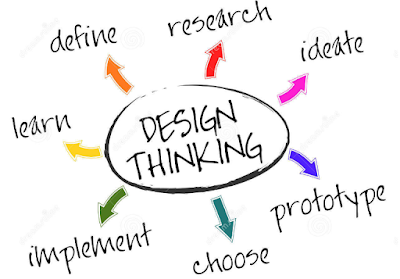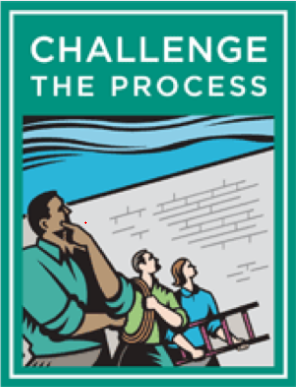My leadership philosophy, as described in the
previous post, is "inspiring the best in each one" including and in
fact beginning with myself. This entails intentionally looking for
opportunities to grow and develop as a leader and an individual.
Given are the
core capabilities that I would like to keep working on developing and some of
the tools that I believe will help in this development process.
Emotional
Intelligence: This is a core capability that (as stated by Daniel Goleman)
encompasses Self Awareness, Self Regulation, Motivation, Empathy, and
Social Skills. Each of these is critical to one's success as an individual
first and as a leader. While the first three relate to personal skills,
the last two relate to interpersonal skills. The tools that will help
develop EI is self observation, gathering honest feedback from others
around, analyzing and assessing this feedback and performing self reflection
to gain insights. Based on the insights, develop a plan of action. If
required, I would also help from a qualified executive coach who can guide
me through the process and track progress.
Change leadership:
This core capability goes to the very heart of leadership. The ability of
initiate, lead, and sustain change successfully will continue to be a
cornerstone of leadership especially more so in an ever evolving
environment. Every change initiative is going to be unique in its own way
and it will be important to keep updated with the latest change management
tools and theories and thinking through how these can be used to the
unique situations of my organization. This will involve reading change
literature and keeping updated about the various change efforts in
organizations around the world, how they are being handled and what
lessons can be learnt from their successes or failure.
Engaging the broader
organization: One of the traps many leaders fall into is having their head
so high in the sky that they forget to feel their feet on the ground. They
limit themselves to their "inner circle" and while that may be
important, missing out on engaging and connect with the broader
organization also limits them from feeling the pulse of the organization
and tapping into the vast resources and ideas that exist out in the
broader organization. As a leader, I would like to keep learning ways to
stay connected with the broader organization, to hear the voices of those
at the grassroots level and to make sure that they can hear me and get a
chance to establish a personal connection. In today's scenario, it could
be through an organizational networking site such as Yammer or impromptu
walk-throughs on the floor, but maybe in the future new ways will come
into being. I would like to stay updated with these and take advantage of
them.























